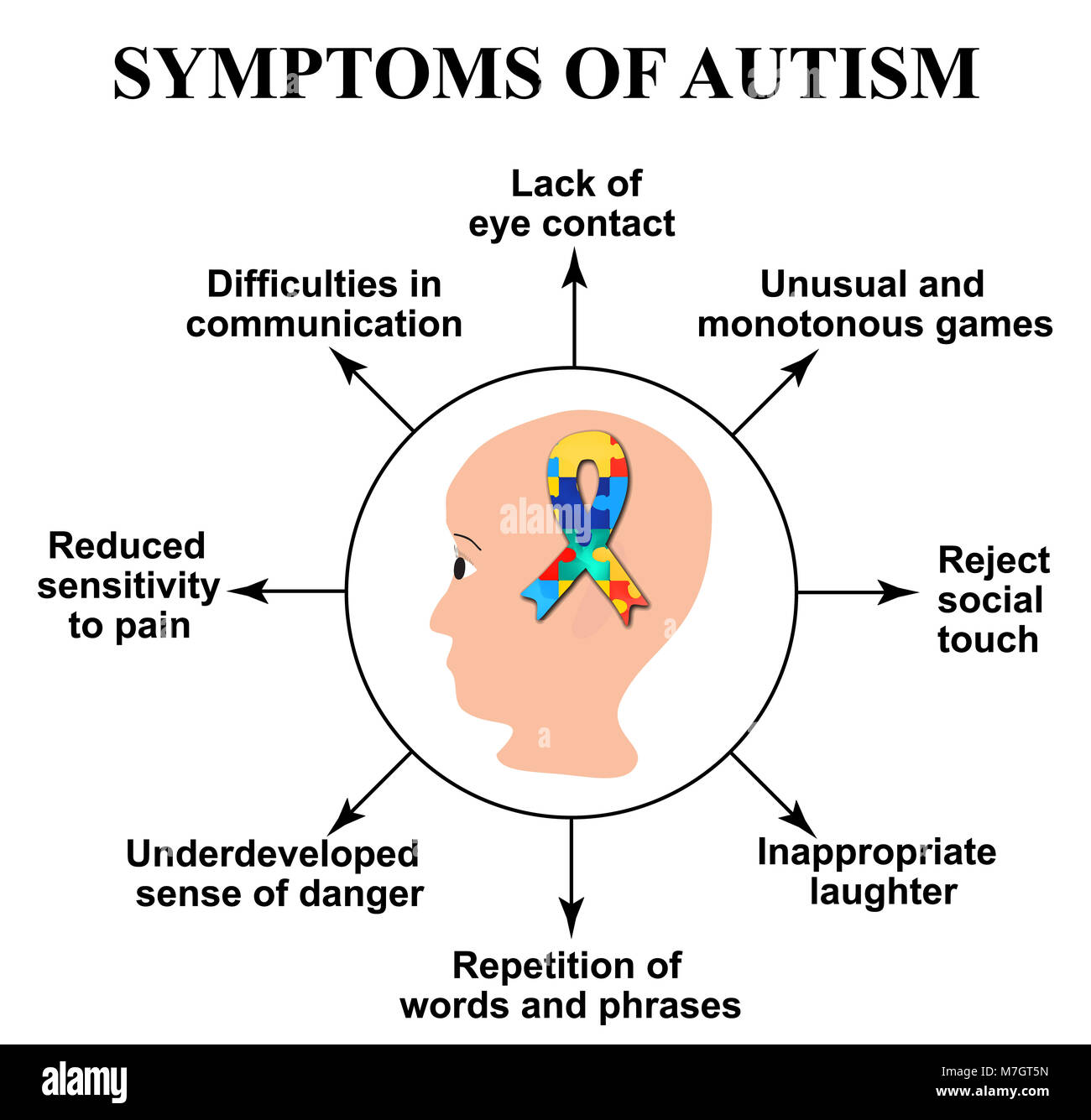What Are The Behavior Attributes Of Children With Autism

Dealing With Challenging Habits
- The listed here provides some instances of typical sorts of actions you may see in youngsters diagnosed with autism range condition (ASD).Autistic children and teenagers can also experience undersensitivity to sensory details, looking for sensory experiences and showing preferences for bright colors, tight hugs, or highly flavored foods.CDC started checking the frequency of ASD in 1996, at first carrying out studies among youngsters in urbane Atlanta, Georgia (2 ).Autism Spectrum Condition (ASD) is a neurodevelopmental condition that influences how individuals view the world, communicate with others, and process information.Additionally, a set of noise-blocking earphones might make the sound degree much more comfortable.
Also a teen or adult might unexpectedly break out sobbing over a modification in plans or a failed to remember water bottle. In many cases, autistic youngsters can be impulsive or self-harming or they may run away (called "eloping") for factors that are unapparent to parents or peers. Below are some typical indicators shown by people who have autism range disorder.
This synergy is essential, as it makes sure that interventions are continually used across various settings, creating a unified approach in resolving a kid's needs. Incorporating these techniques within a tailored support plan ensures that each youngster obtains the concentrated interest they need, fostering their growth and minimizing behavioral difficulties successfully. Ultimately, it is important to make certain all included-- teachers, caregivers, and relative-- are taken part in the strategy's consistent application. Normal communication promotes adherence and enables changes based upon data and observations. These consist of advanced parental age, prenatal direct exposure to dangerous materials, and birth issues that might influence neurological development.
Select Setups And Situations With Treatment

Education And Learning
Think about it as a way to damage down complicated behaviors right into smaller sized, workable pieces. By enhancing positive habits and educating new abilities step-by-step, ABA can help individuals with ASD navigate day-to-day obstacles better. Co-occurring conditions frequently accompany ASD, adding another layer of intricacy to behavior patterns. Problems like ADHD, anxiousness, and clinical depression are common amongst people with autism. It resembles managing multiple rounds-- each condition influences the others, producing a distinct set of challenges and staminas. For kids with Autism Range Problem, both spoken and non-verbal interaction can be a significant challenge. These troubles can show up in various means, consisting of non-verbalism, meaningful language difficulties, receptive language difficulties, and concerns with social or practical language [5] Exec functioning and cognitive patterns in autism can vary substantially from neurotypical norms. This could manifest as trouble with preparation, organization, or time management. Some people with autism excel at pattern acknowledgment or have extraordinary memory for information, while others may deal with abstract thinking or generalizing concepts across contexts.